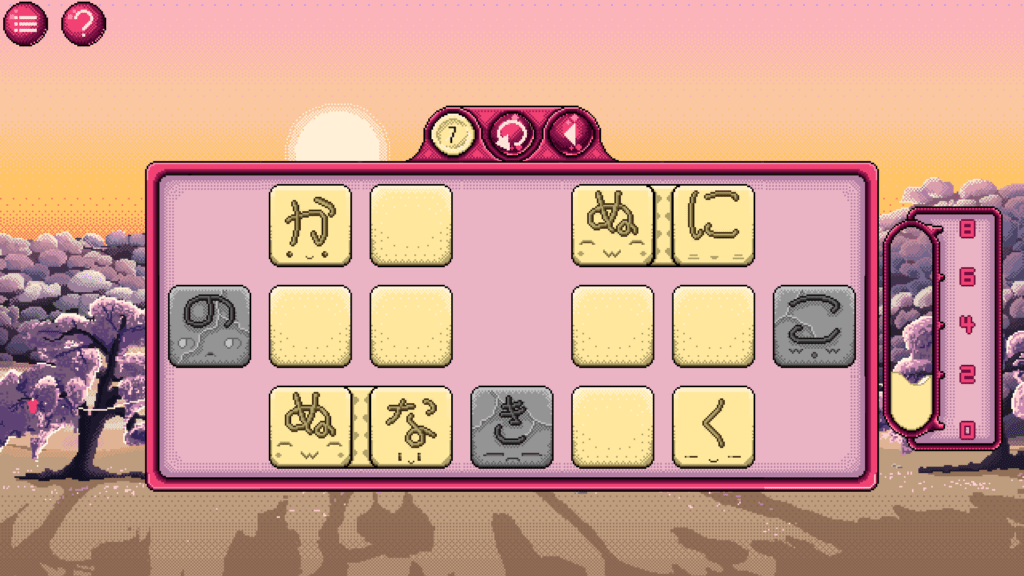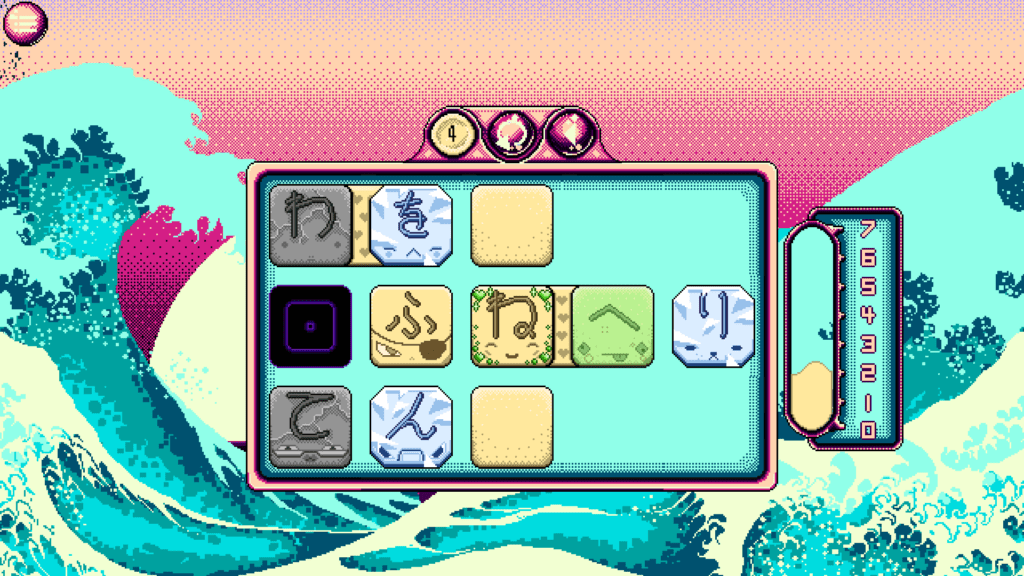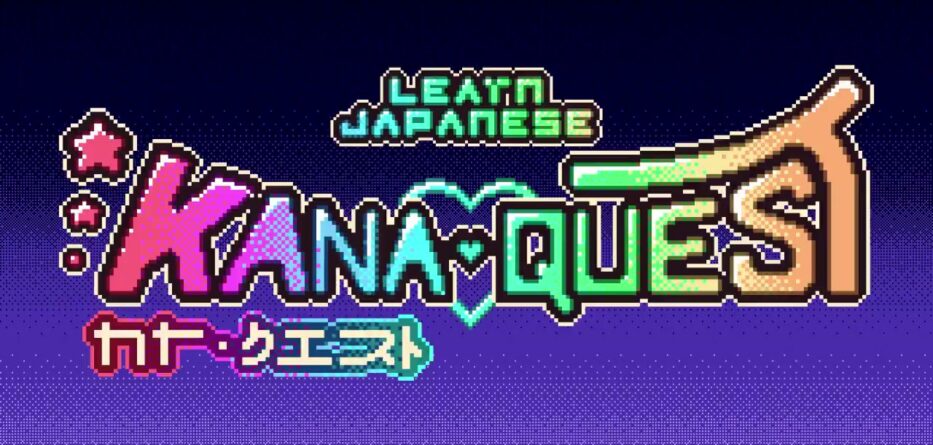I’ve always wanted to learn Japanese!
I have tried teaching myself with books but you’ve only got yourself to rely on, and it’s entirely illogical and unreasonable to trust someone who doesn’t know what they’re doing to lean something new, so that didn’t work. Then I tried an interactive app, which was fun for a few days until the microtransactions crept their way in. After that, I followed a few Instagram accounts and watched a few YouTube videos but alas, I still don’t know Japanese.
Having failed to learn the language several times, could Kana Quest be the one to finally teach me? When I found out about Kana Quest, a game designed by a Japanese language tutor, I was more than happy to give it a shot. It was a brand new approach to learning Japanese and maybe this was the method that would finally stick.

So, after spending a few hours playing Kana Quest, am I fluent in Japanese? Of course not; nobody learns a new language that quickly. Besides, Kana Quest has over 300 levels to play, and I’ve barely scratched the surface, and I doubt I’ll continue to scratch any deeper either.
Kana Quest sounds too good to be true because it is. It’s not the edutaining shortcut I was hoping for. I probably know less Japanese after playing Kana Quest because it’s ironically irrelevant to actually playing the game. That is Kana Quest’s downfall: it’s a game, not a source of education. The Japanese music, backdrops and alphabet eases you into the belief you’ll be learning Japanese but the truth is you could replace all of it with the Orcish alphabet and locations of Middle Earth, and you would have the same game. Kana Quest is great at teaching you the rules of a game but it doesn’t do enough to teach you the rules of Japanese.

Kana Quest is simple enough to play. There’s a game board with tiles that need to be connected together. To connect them successfully, the adjacent tiles have to match, either by starting with the same letter or by ending in the same letter. At the start, you’re tasked with connecting all the Japanese letters that begin with ‘K’ and ‘N’. For example, Ka, Ku, and Ki can connect as they all begin with ‘K’, and Ni can connect to Ki as they both end in ‘I’ but Ni cannot connect to Ka or Ku as they don’t share any of the same letters.
The difficulty steadily increases with the introduction of more letters and by creating tiles with effects. Tiles encased in stone, for instance, cannot be moved, so the puzzle has to be solved by moving the tiles around the stone one. As expected, boards get larger with more complicated tile effects. I can’t see how any number of these ‘gamey’ situations would be enough to cultivate an understanding of another dialect in any meaningful way but Kana Quest gives it a crack.
Each stage is graded with a bronze, silver or gold badge. To win a gold badge you need to complete the stage in as minimal moves as possible. The best way to achieve this is to figure out the optimal solution, reset the level and blitz through it like you’re fluent in Japanese. This is where Kana Quest becomes at odds with itself though; the quick dopamine rush of getting a gold badge easily outweighs any satisfaction you might get from meticulously learning a new language. Sure, you could argue that I’m playing it incorrectly and it would be difficult to disagree with you – the entire time I felt like a fraud. I never earned a single gold badge by knowing Japanese. I earned it by learning how to play a glorified tile-sliding memory game.

None of this is to say Kana Quest is a bad game. The soundtrack feels authentically Japanese and a pleasure to listen to. It’s so relaxing, I used my Switch as a boombox to listen to Kana Quest’s music while I wrote this opinion piece. The 13 Worlds have beautifully illustrated backgrounds too, clearly inspired by Japanese culture, that are stitched together with a pixelated differing effect. There are loads of little Easter eggs to relish, such as references to Hatsune Miku, Godzilla and Neon Genesis Evangelion (and more I’m certain I don’t recognise).
As redundant as it is at this point, I have to conclude that Kana Quest hasn’t taught me any Japanese. I already had a vague understanding of the Japanese alphabet before playing Kana Quest but even as a first-timer, I think you won’t take any of it on board. At most, you might learn the alphabet and how to pronounce each syllable, and at best you might enjoy a tile-sliding puzzle game with a big heart and noble ambitions.








